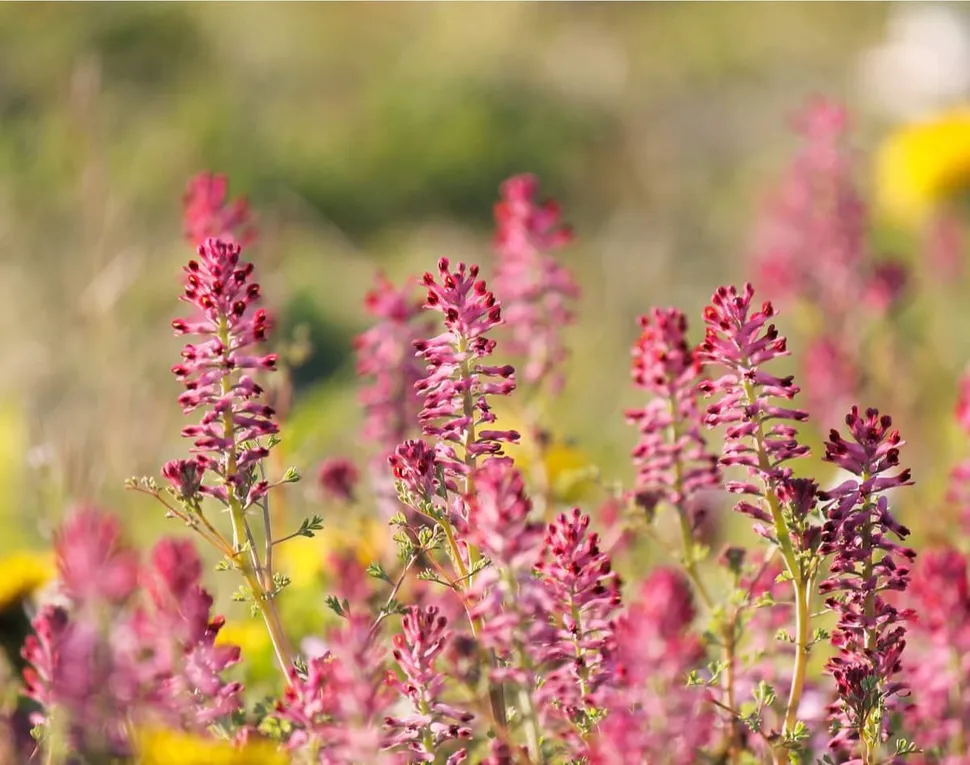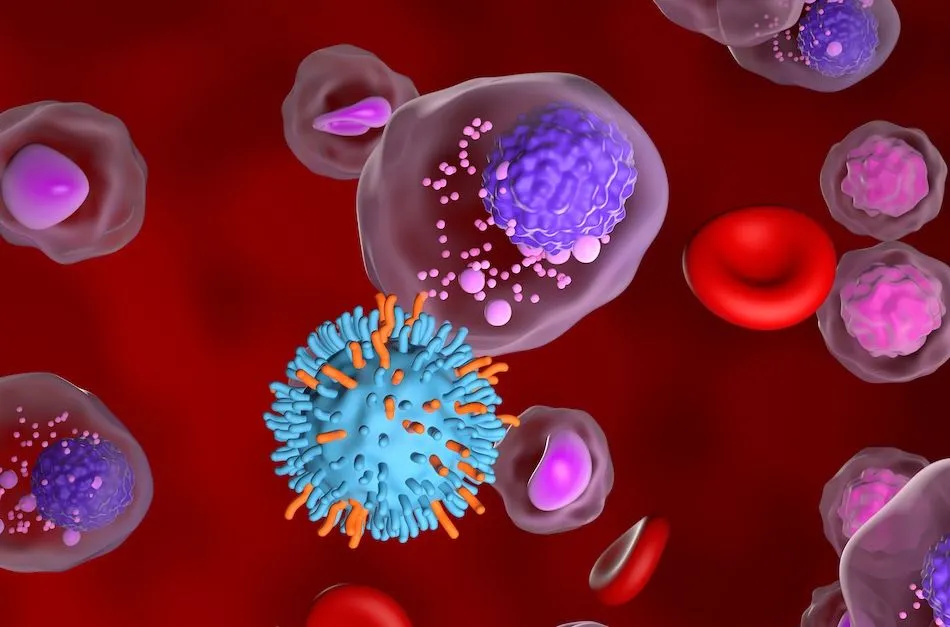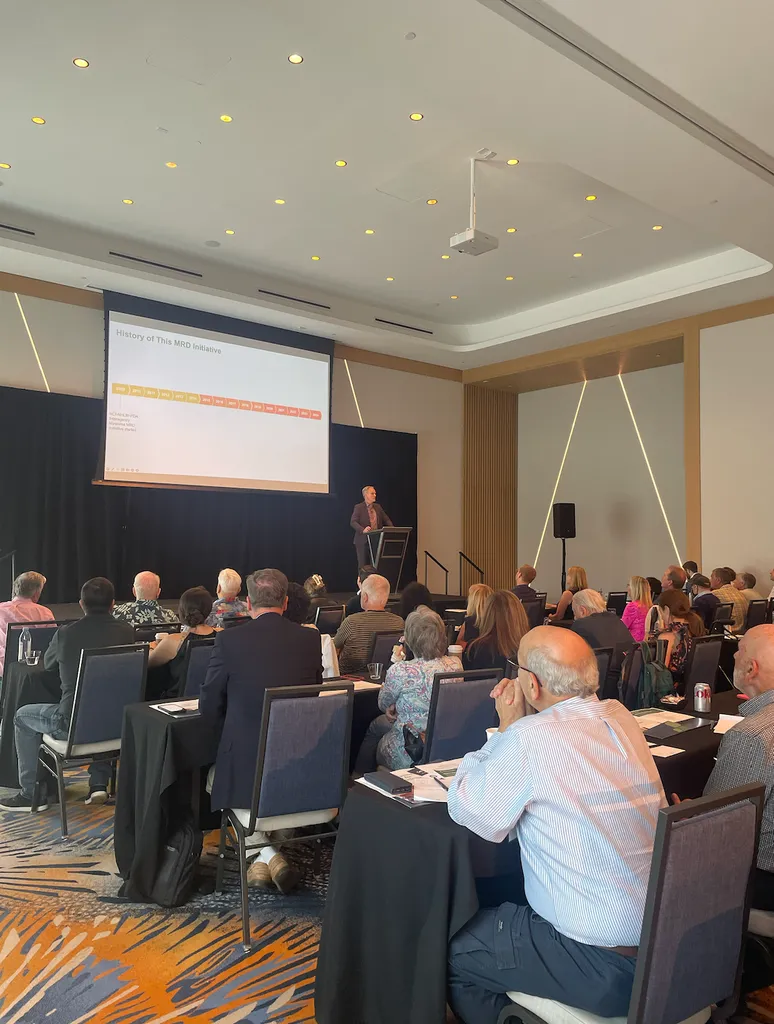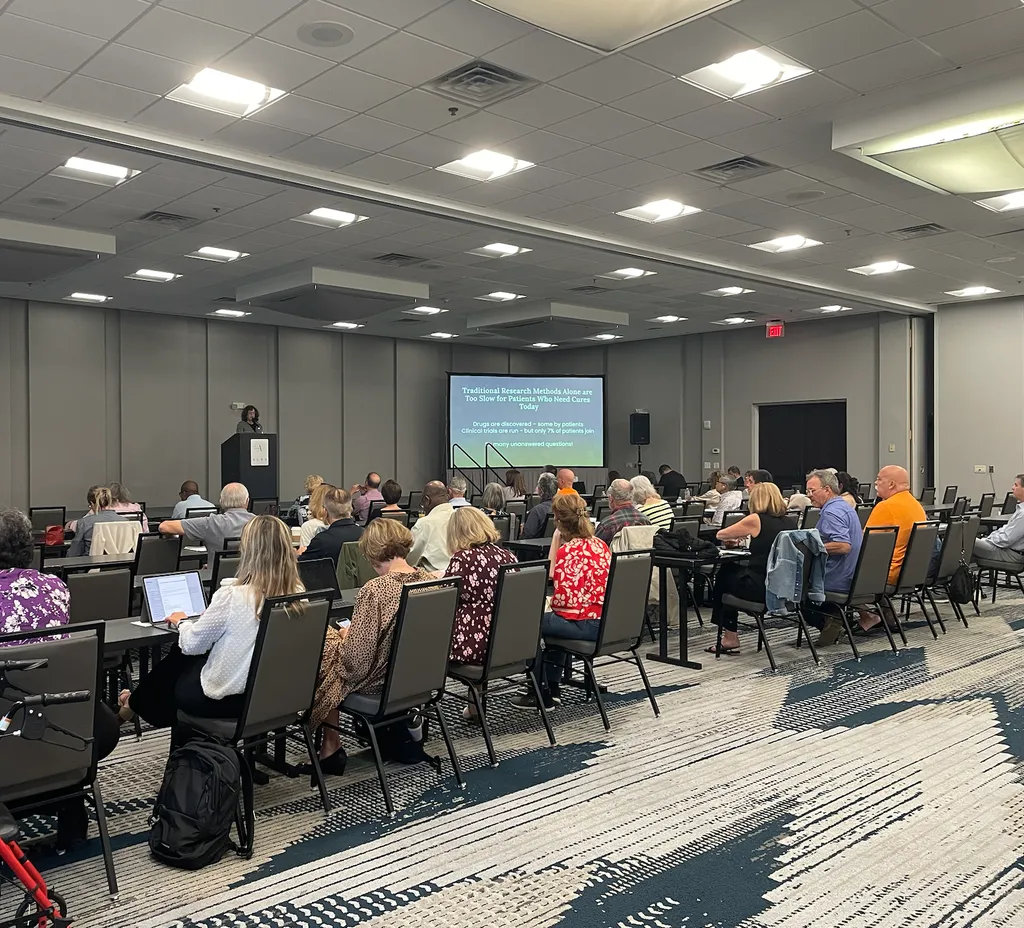A Pretty Flower Toxic to Multiple Myeloma

Today we have something different from the cell-biology and clinical studies that the Myeloma Crowd typically reports. The current issue of the journal Ethnopharmacology has an interesting article about the early investigation of apoptosis (cell killing) and cytotoxic effects of the flowering plant Fumaria Officinalis (also known as ‘earth smoke’) on myeloma cells.
You may wonder how on earth researchers came up with the idea. The plant (a member of the poppy family) is recorded in the Kurdish ethnobotany for a variety of health problems. The researchers identified two alkaloids (compounds of plant origin that have physiological effects on humans, like e.g., morphine and quinine) and four flavonoids (members of a large group of plants with pigments ranging from yellow to red to blue) that have been identified as the active fractions of the plant. One fraction resulted in 50% cell-death of multiple myeloma cells, and a second was identified that resulted in 44 % cell-death, 72 hours after being exposed to the plant’s extracts.
Needless to say: this is VERY early research. Time will tell whether the research group in question will pursue the study of the various extracts, first in animal models and, possibly later, in humans.
The use of plant extracts is not new in the treatment of cancer. The compound paclitaxel (Taxol) is extracted from the tree taxus brevifolia and has been used for more than 20 years in the treatment of breast cancer and the compound etoposide (extracted from the rhizome of the wild mandrake) has been used in the treatment of several different cancers for nearly 40 years.
Today we have something different from the cell-biology and clinical studies that the Myeloma Crowd typically reports. The current issue of the journal Ethnopharmacology has an interesting article about the early investigation of apoptosis (cell killing) and cytotoxic effects of the flowering plant Fumaria Officinalis (also known as ‘earth smoke’) on myeloma cells.
You may wonder how on earth researchers came up with the idea. The plant (a member of the poppy family) is recorded in the Kurdish ethnobotany for a variety of health problems. The researchers identified two alkaloids (compounds of plant origin that have physiological effects on humans, like e.g., morphine and quinine) and four flavonoids (members of a large group of plants with pigments ranging from yellow to red to blue) that have been identified as the active fractions of the plant. One fraction resulted in 50% cell-death of multiple myeloma cells, and a second was identified that resulted in 44 % cell-death, 72 hours after being exposed to the plant’s extracts.
Needless to say: this is VERY early research. Time will tell whether the research group in question will pursue the study of the various extracts, first in animal models and, possibly later, in humans.
The use of plant extracts is not new in the treatment of cancer. The compound paclitaxel (Taxol) is extracted from the tree taxus brevifolia and has been used for more than 20 years in the treatment of breast cancer and the compound etoposide (extracted from the rhizome of the wild mandrake) has been used in the treatment of several different cancers for nearly 40 years.

about the author
Paul Kleutghen
I am a patient diagnosed in 2014 with primary plasma cell leukemia (pPCL), a rare and aggressive variant of multiple myeloma and have been very fortunate to find successful treatment at the division of Cellular Therapy at the Duke University Cancer Institute. My wife, Vicki, and I have two adult children and two grandsons who are the ‘lights of our lives’. Successful treatment has allowed Vicki and I to do what we love best : traveling the world, albeit it with some extra precautions to keep infections away. My career in the pharmaceutical industry has given me insights that I am currently putting to use as an advocate to lower drug pricing, especially prices for anti-cancer drugs. I am a firm believer that staying mentally active, physically fit, compliant to our treatment regimen and taking an active interest in our disease are keys to successful treatment outcomes.
More on Navigating Your Health
Trending Articles




Get the Latest Multiple Myeloma Updates, Delivered to You.
By subscribing to the HealthTree newsletter, you'll receive the latest research, treatment updates, and expert insights to help you navigate your health.












